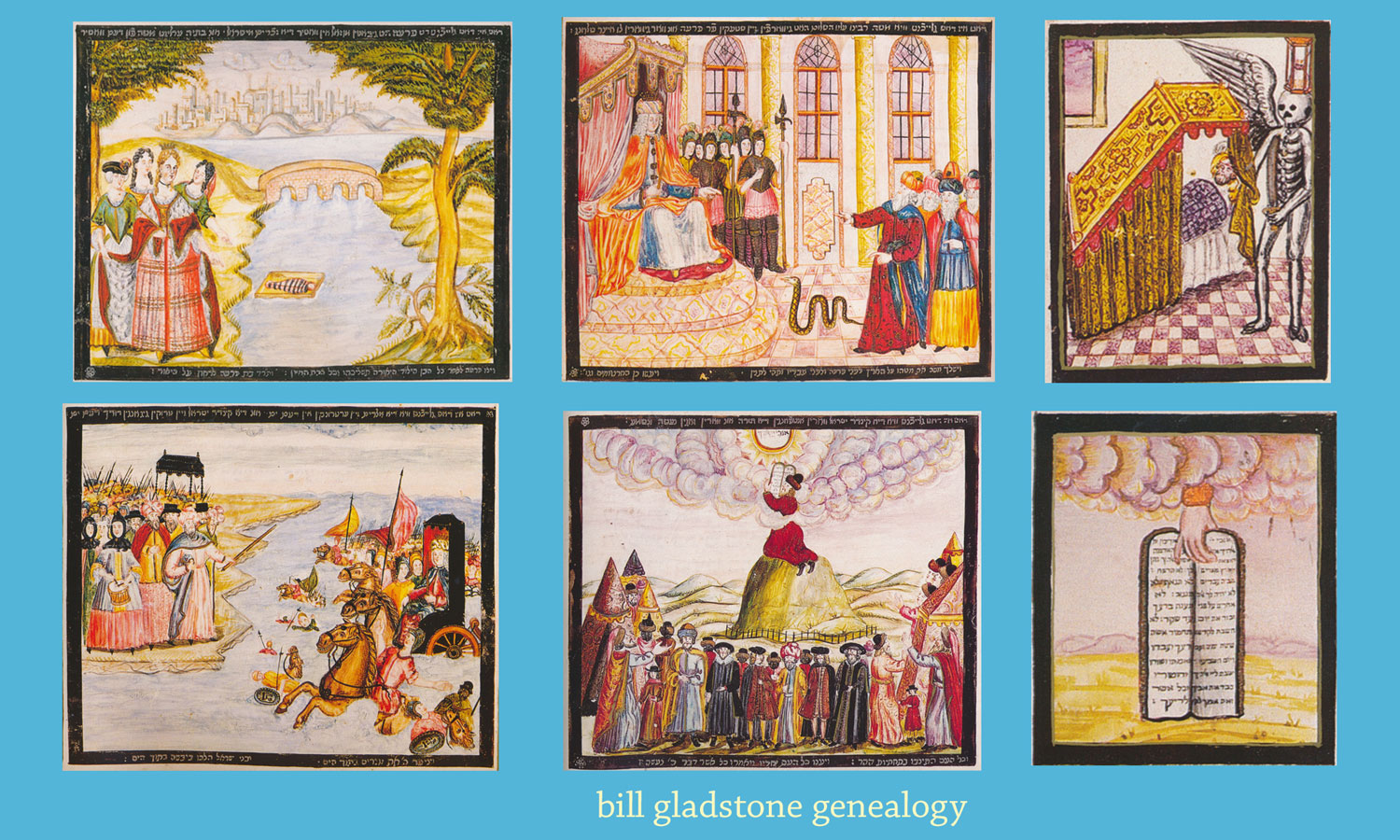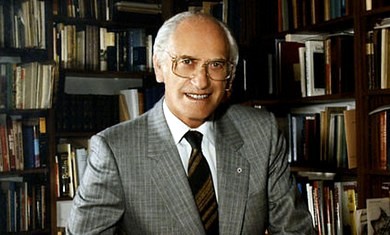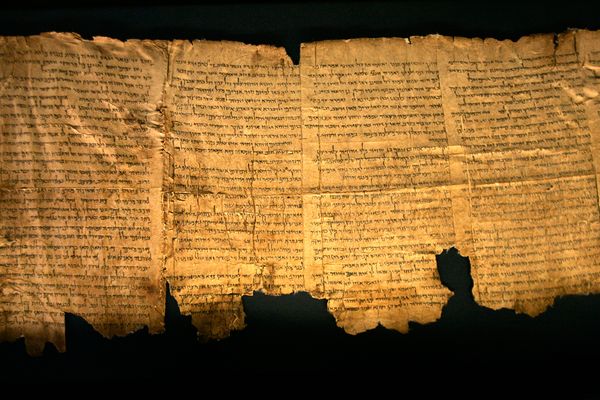From the Canadian Jewish News, May 15, 1997
In the early part of the century, our parents sailed to this country from many parts of Europe, and their history is interwoven with Canada.
Now along comes a book about Whitney Pier, Cape Breton Island, one of the most fascinating settlements of early Jewish life.
The thriving Jewish community of Cape Breton, once as large as 2,500, is down to 200 (about the same as in 1901) and Commercial Street in Glace Bay, once the home of many Jewish merchants, looks like an abandoned Hollywood movie set. That Glace Bay community once consisted of 800 Jews (110 families) and 79 of its young men enlisted in World War Two, a participation rate of 20 per cent. Now its oldest clothing store, dating from the early 1900s, is just closing. Because the store belonged to his grandfather, this is sad news for Dr. Lawrence Gaum, 59, a Toronto oral surgeon who has written and printed From Belarus to Cape Breton and Beyond.
It is a memoir not only of the Jewish immigrants from Eastern Europe who were attracted to the coal mines and steel plants of Cape Breton (some Jews worked in the coal mines), but also of a personal odyssey by the Gaum family in 1994 to the villages of Kozharnhorodok, Lininets, Lachiva, Krasna Volya and Timkovitz in Belarus, where their ancestors lived. The indexing, history, maps and 300 family photos make it a genealogical treasure.
In unvarnished prose (the story of an alcoholic cousin is included), Gaum tells about his great-grandfather, Isaac Jacob, “the tall Zeida” who could not speak English but one day stopped the driver of a hearse in Sydney and, in Yiddish, asked to be taken to his daughter’s home. The driver recognized the familiar figure and took him there. It was the same “Zeida” who, by himself, lifted 300-pound barrels full of empty bottles, which he collected, onto a wagon for delivery. A blacksmith by trade, he made such good food choppers in Belarus that Gaum’s wife, Hope, is still using one in Toronto at least 100 years later.
Gaum discovered that his grandfather, Shaiya (Sam) Latucha, because of his lack of English, had led the immigration officer to put his name down as Gaum because he had a brother-in-law named Gain in Cape Breton, where he was heading. As a boy, Gaum wrote his family’s history on slips of paper carried around in old issue of the Reader’s Digest. His handsome 277-page computer-produced volume includes a photograph of relatives with the late Menachem Begin when he was prime minister of Israel. The book was a five-year project by Gaum, a Jewish Genealogical Society member, and may be found in the reference section of the North York Central Library.
Although he landed without his own name, grandfather Shaiya found many relatives in Cape Breton. His descendants include retired Senator Jack Marshall, and Elliot Marshall of Glace Bay — one of 11 children, operator of the about-to-be-closed S.E Marshall Clothing store, who is moving to Ottawa to be near his daughter. Elliot Marshall was one of eight Jewish boys on the 13-member Glace Bay English Rugby Football team and practices were always cancelled for the High Holy Days. Gaum recalls being told that his grandfather, a short but heavily muscled man, beat up a drunk who, when asked to pay 10 cents for it, squashed a bag of tomatoes instead. He thought the price was too high. Only by carrying the drunk away from Shaiya’s wrath did his father, Maurice, and his uncle, Benny, save the man from further injury.
It was Gaum’s father who helped set up his office as a 22-year-old dentist in Corner Brook, Nfld. Thirty years later, Gaum went back to Corner Brook at the invitation of the Newfoundland Dental Society, and found, like Geraldine Page in the movie A Trip to Bountiful, that you can’t go home again. Gaum’s uncle Benny, a professional boxer in his early days, became a successful grocery merchant, and wrote political speeches for both the Conservative and Liberal candidates in Sydney on the side. Benny caught a teenager stealing canned goods but listened to the boy’s plea and did not report him to police. The boy grew up to become a famous psychiatrist in the United States and dropped into Benny’s store on visits.
Gaum’s grandmother, Fratka, an observant woman, had her own style of computer. When she sold on credit to a Mrs. Black, she put a slip under a box of chocolates (for black) with pencil marks crossed off to indicate she still owed $2. She was up at 6 a.m. every day, baking bread and bagels, before working in the store, now boarded up. When Fratka died at 92, she couldn’t be buried beside her husband, father and son, because the ground was too frozen. Another plot had to be found in the Jewish cemetery. When Fratka traveled to Canada in steerage with her sons, Benny, 5 and Maurice, 3, she had a total of $1.20.
Gaum’s grandfather, Shaiya, didn’t drive a car after running a Model-T Ford into a wall. In his later years, despite a heart condition, he took his wife’s freshly-baked bread by street car to his daughter Sarah (Gaum’s mother) in Sydney, walking the last mile and one-half. Besides running their store, Maurice and Sarah Gaum raised a family of four sons: the author and three brothers, Errol, a dental surgeon in Halifax; Sanford, of California, a former dental surgeon, now in real estate; and Jack, a lawyer and director of terminals at Pearson Airport. ♦
This article appeared originally in the Canadian Jewish News in 1997 and appears here courtesy of the family of the late Ben Rose. © 2012 by the Rose family.






